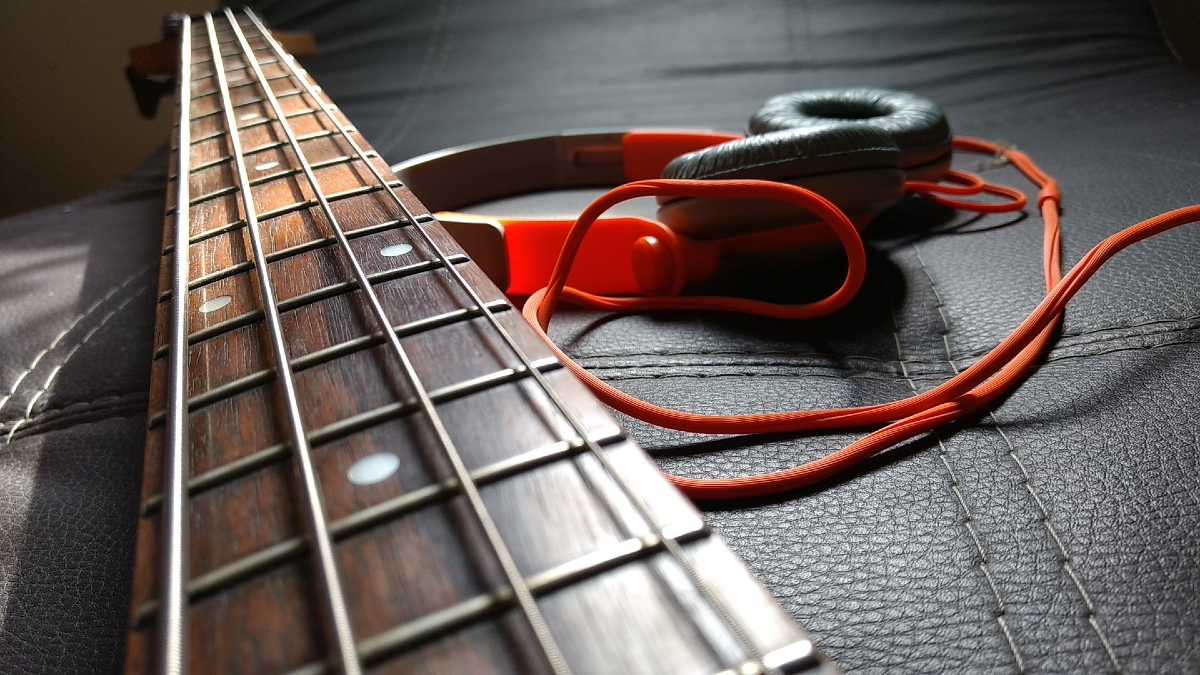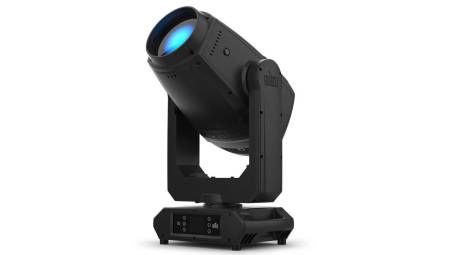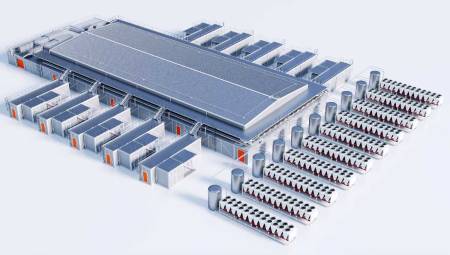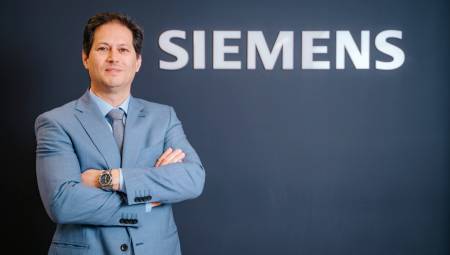The hearing aids are mostly dynamic transducer, the most used technology are those of balanced armor that makes the weight of the element much lower.
Juan Tamayo*
In the last edition we talked a little about recommendations of personal monitoring systems known by the acronym in English IEM. In the text we find recommendations to avoid speakers on stage, communicative processes between engineers and musicians (who speak totally different languages), a little about the process of gain structure and the differences between FoH amplification and headphones, which is basically the acoustics of the system. Also in acquiring suitable hearing aids (topic that we will expand in this article). Mixing processes that generate spatiality within the hearing aids, PAN(eo) in stereo and depth achieved with effects.
Hearing aids
In headphones musicians will find a very high variety, they usually opt for the most economical, and even use cell phone headphones which are not viable because these are TRRS, they have 4 connection points (Tip, Ring, Ring and Sleeve) while conventional hearing aids for IEM are TRS (Tip, Ring and Sleeve). For sound effects, cell phone hearing aids generate a short or false contact between connections, causing the system to malfunction.
The headphones are mostly dynamic transducer, the most used technology are those of balanced armor that achieves that the weight of the element is much lower (relatively by a lever effect) and these respond much better to rapid changes in sound, better detail of reproduction. The big question is how many drivers are good for a hearing aid? In the market there are headphones with up to 5 drives, which basically each driver is dedicated to reproducing a frequency spectrum. But by having more drivers, you must constructively decrease the sizes so that they fit in the hearing aid. The smaller the drivers will be able to withstand the less electrical energy that is converted into mechanical energy. So the more drivers a hearing aid has, the risk of one of these being damaged is much greater.
Nowadays brands like Audix have developed single-driver headphones with balanced armor, but working with the VLM (Very Low Mass) principle that is used in their dynamic microphones, which basically, by reducing the total mass of the mechanism, make your response to energy changes much better, so having many drivers is not necessarily the best option for your headphones.
Another option used by musicians and engineers is to have custom-made hearing aids. It is a good option, but it should be borne in mind that if the element is damaged possibly the musician or engineer must wait for the factory to mold a new element since it is not a changeable piece as it usually happens with a production hearing aid, in which the replacements and changes are faster.
In some churches and / or artists who travel with a group can have on stage 8, 10 or even 14 musicians, there are many and each with their hearing aid, plus the headphones that production people have, that makes people listen very different, because the frequency response of each model of hearing aid is unique, so it is recommended in a large number of musicians to have few references of headphones, if possible a single one, so the monitor engineer will have the same reference of all.
An optimal tool for monitor engineers are hearing aid measuring microphones, this means that they can have a reference of possible damage of these. For example, when they buy a hearing aid or arrive new to the group, they give the hearing aids to the engineer, take a reference sample and store it. In the course of time, if the musician feels that his hearing aid sounds bad, he takes the hearing aid back to the engineer, he takes the sample again and compares it, if the frequency response is different he can deduce that the hearing aid is bad.
The last recommendation is to clean your hearing aids, a clean hearing aid will sound much better, in addition to these elements usually enter the ear canal that is communicated with the respiratory system that can be contaminated with some type of virus or bacteria. Avoid sharing hearing aids.
Which is better, wired or wireless?
To answer we must analyze different scenarios. Wireless frequencies are limited in space, meaning that I can't have multiple systems without expecting them not to affect each other, so if I have a lot of musicians, each with a wireless IEM system it will be a small problem to try to have free frequencies for each one by adding wireless microphones and other systems including digital terrestrial television. So if they want a wireless system for IEM they must invest in analyzers and education to perform such an operation.
The value of a wireless system is directly related and not proportionate to the hearing quality of the wireless system. To buy an IEM wireless system you must take into account its frequency response, dynamic range, maximum power output among others. And all this requires an engineer who knows RF and who possibly also performs the mixing for monitors.
Wired systems are basically plug and play, the musician arrives and connects, but it requires that the console has enough outputs for each mix they want, and these outputs must be in stereo so that they have the necessary characteristics for a correct monitoring mix. My only recommendation is that you install or use professional cables for your headphone extensions, although their voltage is higher, possibly not as affected by induction noises, these will be exposed on a stage.
Are they the only ways to perform monitoring?
No, there are currently several technologies that have helped music projects optimize mixing processes for wired or wireless monitoring systems. These are digital, one of the ones that catches my attention is MyMix, a technology that was launched in 2010, 2011 and makes everything very easy. You can have up to 500 channels on a digital UTP cable network and data suiche. A mixer unit is connected by microphone and mix and the musician selects up to 16 channels that he wants to listen to, even one channel can be a mixture of several channels. For example, instead of having a battery that takes almost 10 channels, they can have the stereo mix of this one. You can add effects and panning per channel.
These units have their own headphone amplifier, so they can plug their hearing aids into the unit. They can connect up to 2 microphone inputs and send these signals over the network (many operation options) and can have two inline outputs to connect speakers. As a simple unit it can be a mixer of 2 inputs by two outputs, but with several units they can have a digital audio network designed to constantly improve their presentations.
This type of system gives the possibility to work wirelessly, but this also requires having the RF system installed and configured.
If you want to know more about these solutions or have doubts please leave the comment in the article and I will gladly help you solve them.
*Juan Tamayo, CTS-D, is an electronic engineer and currently serves as Manager of T-Árbol Audiovisuales SAS, product application engineer for Latin America for International Sales and Support Engineer for Synthax Inc.
















